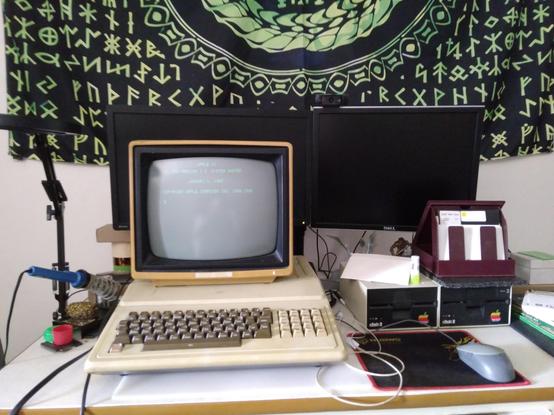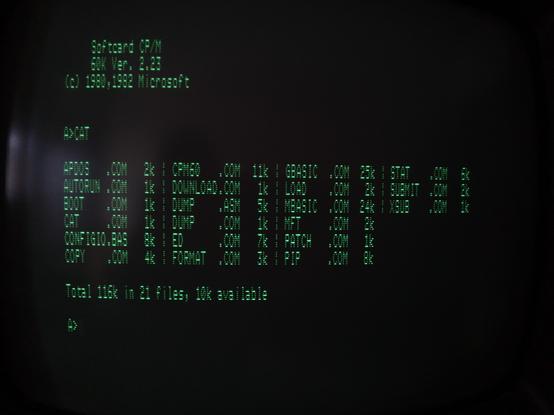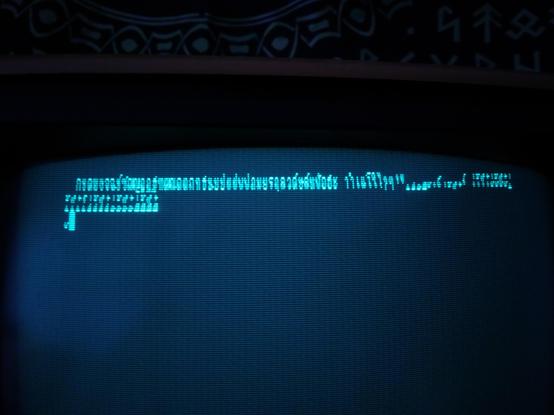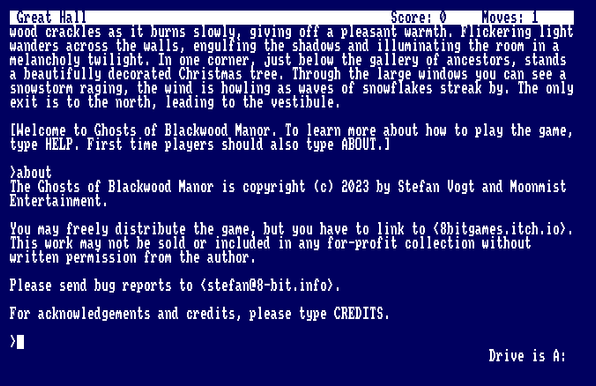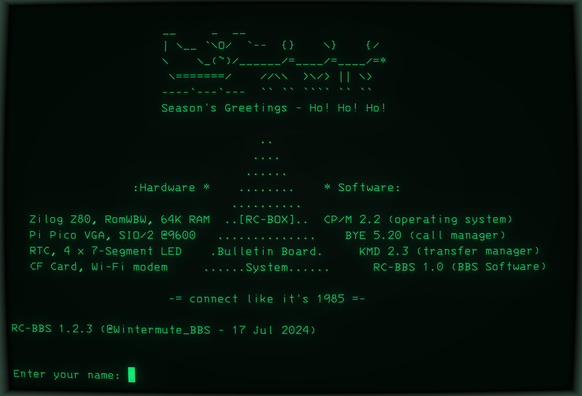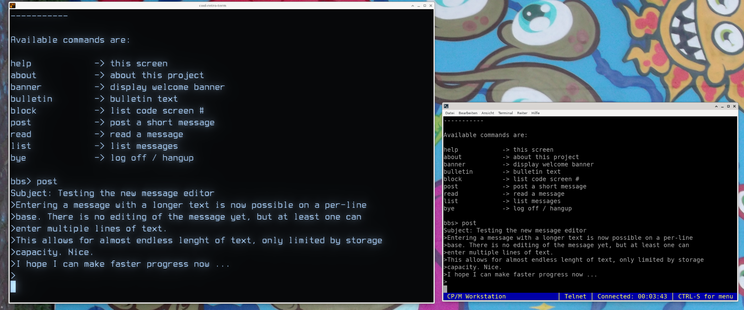This post is mostly gossip, totally skippable.
1 of 2
I've been looking for months for copies of the Phoenix Software macro assembler and linker, for CP/M-80, with no luck. Never did find them.
BUT! I did find the TDL macroassembler and linker, also written by Neil Colvin, and it is virtually identical: only pseudo ops .PAGE and .PROGID (so far) aren't supported. All of it's peculiar syntax and behavior is identical.
My 1979..1982 Z80 sources compile. About all I have from that era, in machine readable source, is a nice little ROM debugger that does breakpoints and crude disassembly, and fits in 2K. I spent some obsessive time on that back then so it's pretty decent. I'll modernize it slightly and deploy with the Friendly eZ80.
TDL (Technical Design Labs) merged with Xitan, who sold hardware. That arrangement went bust, accellerated when in a big all-company meeting it was revealed that various folk in the co. had been sleeping with each other, spouses found out, blah blah. Lol.
Neil Colvin, of TDL/Xitan, left and formed Phoenix Software (Phoenix, as in "rising from the ashes"). I was hired after Dave Hirschman, but also worked with others, notably Mike Aronson (MATE editor: "Mike Aronson's Text Editor").
This wikipedia page (https://en.wikipedia.org/wiki/Technical_Design_Labs) says Carl Galletti and Roger Amidon got all the rights to TDL's software; but the TDL ZASM code and docs are out there, and almost page for page identical to the Phoenix PASM manual, and TDL compiles PASM source, but for a few pseudo-ops... so umm who cares.
1 of 2


